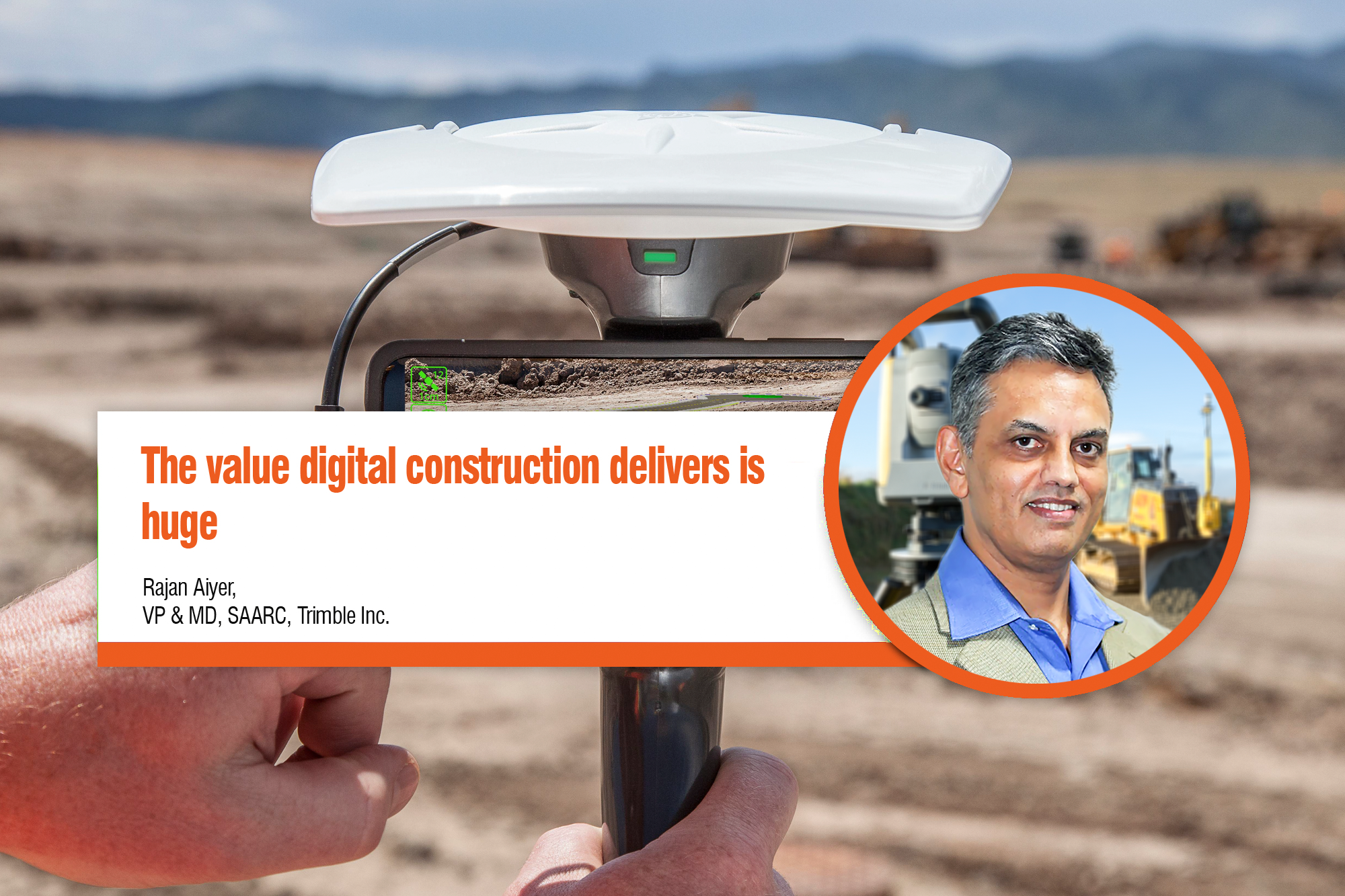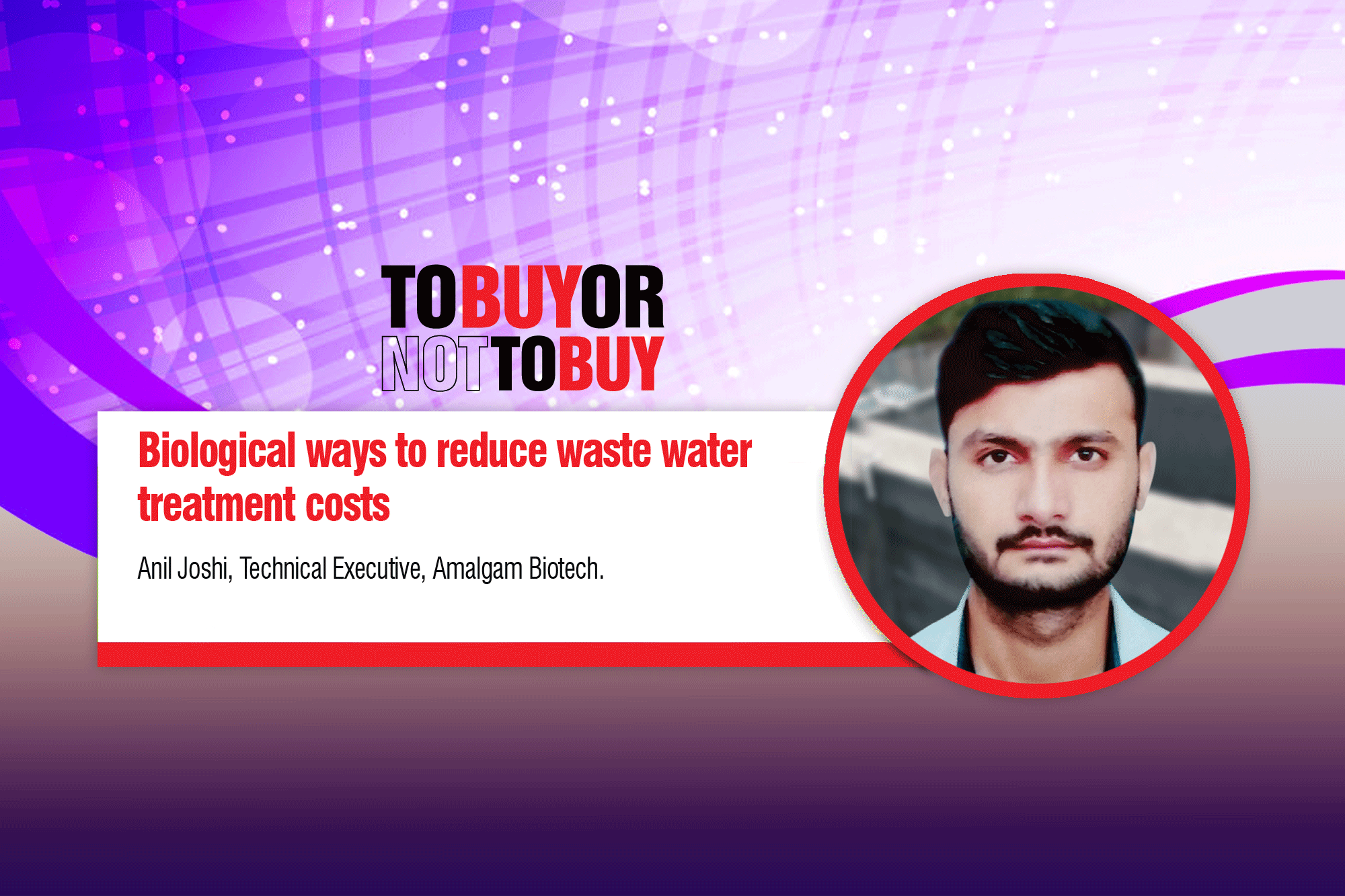Intent on cutting carbon footprint, energy consumption
By Edit Team | April 16, 2019 10:01 am SHARE

With an aim to address environment pollution woes, Danfoss has set a target to pare CO2 footprint as also reduce energy consumption by 50 per cent. The energy-efficient solutions provider is endorsing ‘green’ measures to help India achieve sustainable development goals, says Ravichandran Purushothaman, President, Danfoss India.
What was your intention behind the recent ACREX Hall of Fame initiative?
Through Hall of Fame, we showcased how Danfoss lives and breathes energy efficiency. The company has set a target that by 2030, it would reduce 50 per cent of its energy consumption while maintaining due productivity subsequently. We started this in 2015, and now, in about four years, we have reduced close to 47 per cent. Hence, we are very close to achieving the target. We’ve also put up a target to lower our CO2 footprint and energy intensity by 50 per cent. Since 47 per cent has already been achieved, we are now revisiting and revising the target. So, if such a target has been achieved by a global player like Danfoss, the same is surely achievable for others.
How do you reduce dependence on energy without compromising on productivity?
At Danfoss, we believe energy efficiency is the first fuel. While we have fuels like coal, solar and other renewables are increasingly coming into focus. The first fuel that we have to look at is energy efficiency in itself. With a focus on energy efficiency as against energy production, demand foreseen up to 2030 can be met by almost 38 per cent via energy-efficient technologies alone. The Danfoss India campus is India’s first LEED Platinum rated constructed manufacturing campus. We have a 1.25-MW solar power plant, which caters to majority of our energy requirements. Additionally, we also have dependency on wind power.
How do you see the Indian market for your solutions?
Overall, India is a potential market for all our business segments – be it cooling, drives, power solutions or heating. As you know, cooling was considered a luxury in those days and our products used to be imported from manufacturing facilities across various parts of the globe and then being sold here. To tackle the challenges of import duties and customs duties, we decided to set up a facility here. This also enabled us to be closer to our customers and help themin jointly addressing their challenges and co-creation of technologies.
Do you think the home grown innovation has global acceptance?
Danfoss has been built on the power of innovation. We are probably one of the very few companies which puts in about 4.2 per cent of our profits back into innovation and R&D. Even in terms of investment that we’ve done in India, a large part of investment in the Indian plant is also in the R&D space. We have a large R&D team in India as also a state-of-the-art lab for air-conditioning in India. We offer this to customers so that they can come and test their products at our campus and see how to improve energy efficiency further. Our lab can test from 2 tonnes to 50 tonnes chillers with both current and future refrigerants low on GWP and ozone depleting potential. While we have developed several products that were originally designed and developed for the Indian market, the very same products are now being exported to other parts of the world. Therefore, focus has been on building Danfoss India for India narrative as well as for the rest of the world.
Going ahead, what role is technology likely to play in the HVAC industry?
The government has put together a Cooling Action Plan draft in place that also mentions the cooling demand India would face in the next 10 years from across sectors – because cooling is not merely air-conditioning; it also includes commercial and domestic refrigeration, cold chain etc. They have forecasted the upcoming demand and business dynamics that will shape the future of the industry.
Therefore, technology has to play a major role in making the industry sustainable, because the demand for HVAC&R is ever rising. In simple terms, to improve productivity, living conditions and working conditions need to be improved- and air-conditioning becomes critical here, therefore transforming into a necessity.
Since Indian market is price sensitive, people don’t seem to buy costly products. What is your opinion?
With respect to Danfoss products, cost can be recovered between 18-30 months irrespective of the product or the industry. For 24/7 applications, the return on investment would be much faster. Actually, it’s a no brainer to go for an energy-efficient product. But, the consumer mindset is different that needs to be changed.n
With a focus on energy efficiency, demand foreseen up to 2030 can be met by almost 38 per cent via energy-efficient technologies alone.
Ravichandran Purushothaman, President, Danfoss India
Cookie Consent
We use cookies to personalize your experience. By continuing to visit this website you agree to our Terms & Conditions, Privacy Policy and Cookie Policy.





































-20240213125207.png)

























